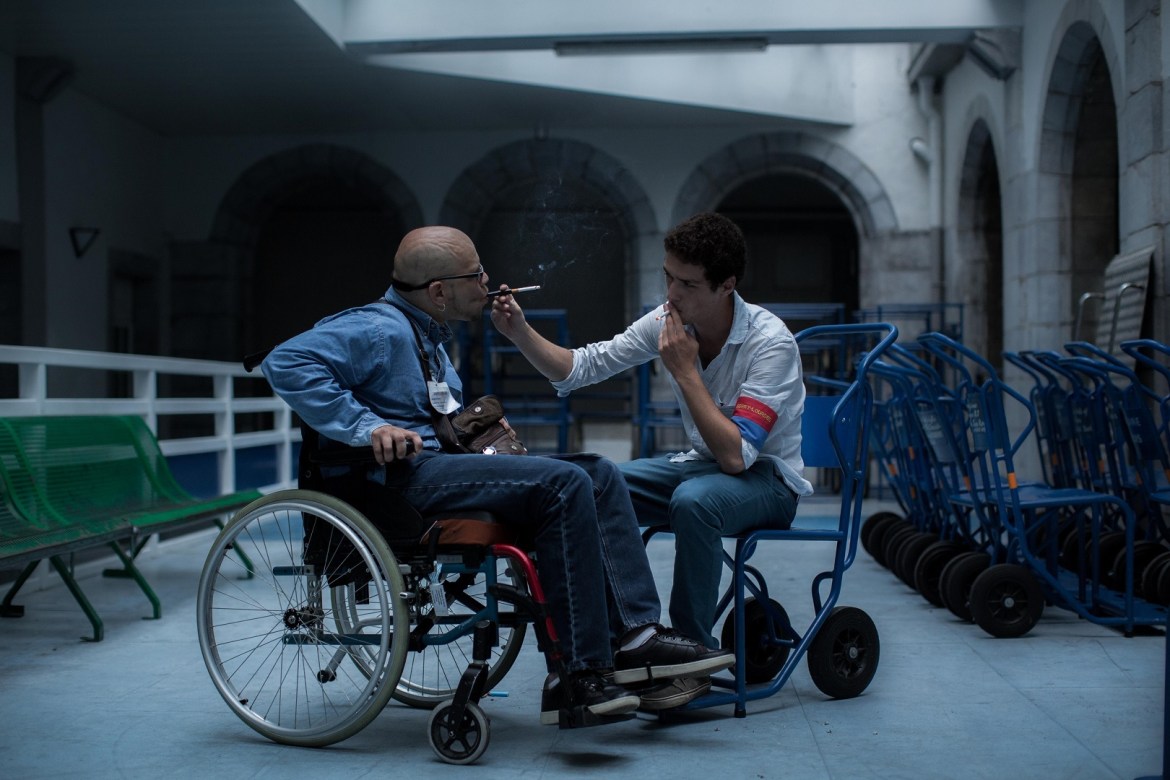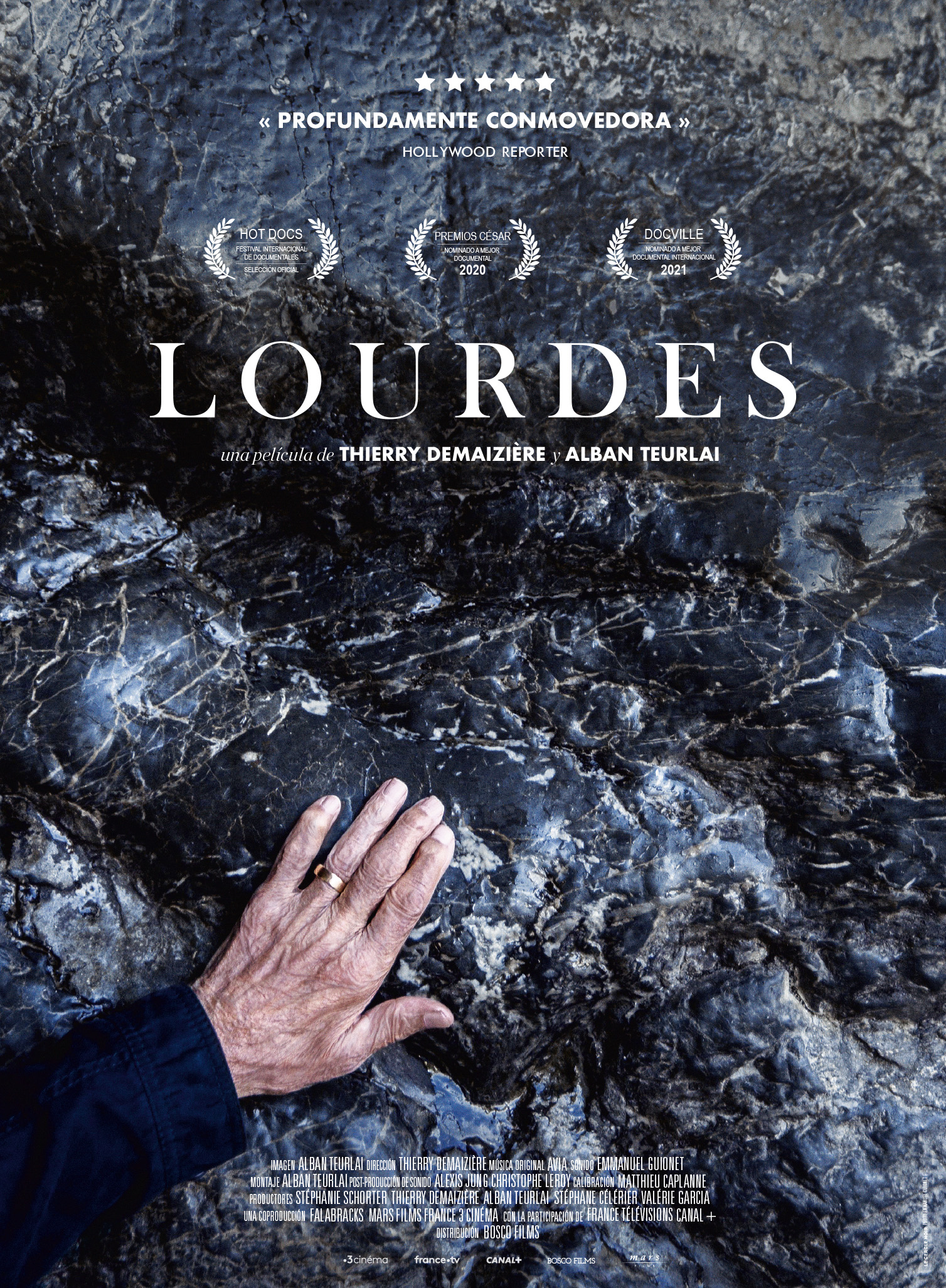Synopsis
The Lourdes grotto is touched by tens of millions of people who have left the imprint of their dreams, their hopes and their sorrows. It is a refuge for pilgrims who undress, in the literal sense of the word, when they get into the pools whose waters are considered by many to be miraculous.
Criticism
Lourdes | A tactile spirituality
Lourdes opens with a caress. With many, actually: dozens of hands caress the black stone of the grotto that supports the Sanctuary of Our Lady of Lourdes. This first sequence of the film is a declaration of intentions; with her the filmmakers Thierry Demaiziere Y Alban Terlai raise one of the keys to his film: the sense of touch. Or, going one step further, the mystique of touch.
A bit of context. In Lourdes, Demaizière and Teurlai follow a dozen pilgrims who come to the sanctuary nestled in the French Pyrenees looking for a refuge for their wounds. A father with two sick children, a girl who is bullied at school, a man who cross-dresses and prostitutes himself on the streets of Paris… The film is a documentary, but there is no omniscient narrator in it: the only voices we hear are the of its protagonists.
“We come to Lourdes because here we can be ourselves,” says another of the film’s protagonists, a man who suffers from an incurable degenerative disease. His story is interwoven with the others in a film -I go back to the beginning- eminently tactile. By this I mean that Lourdes it is built with hands: hands that lift wheelchairs, hands that support other arms.
Also the hands of a father holding on to his son’s stuffed animal. Those of a volunteer who lifts the sagging breasts of an old woman in her shower to relieve her. The ones about three friends who hug a room after she says her first word in months. Neither Demaizière nor Teurlai are believers, but in Lourdes they portray a profoundly Christian faith experience; that is, embodied.

“In Lourdes you see the same people who followed Jesus Christ 2,000 years ago: prostitutes, fishermen and cripples,” says another of the documentary’s protagonists, a member of a caravan of gypsy pilgrims. “People do not go to the sanctuary looking for a miracle, but to be seen as people,” the filmmakers point out in an interview published in the discussion.
Lourdes it’s an uncomfortable film, it generates a happy vibe inside. “The poor annoy us, they are an inconvenience to return to a more carefree life,” is heard in the documentary. I saw this movie with my wife, and when we were halfway through, she challenged me: “Now we have the option to let it impact us or continue as usual.”
LourdesIn short, it is a film that I recommend to everyone, although it is not a satisfactory film; the footage ends with hardly any of the stories reaching resolution. Many have beginning and knot, but no outcome. Perhaps, I think, it is an invitation for us, audiovisual pilgrims to the French sanctuary, to continue them. To embody, each one from his place and his circumstances, the restlessness and the Gospel.
Data sheet

- Original title: Lourdes
- Address: Thierry Demaizière, Alban Teurlai
- Screenplay: Thierry Demaizière, Jeanne Aptekman, Sixtine Léon-Dufour, Alban Teurlai
- Country: France
- Year: 2019
- Duration: 91 min.
- Gender: Documentary film
- Interpretation: (Documentary film)
- producer: Falabracks, Mars Films. Distributed in Spain: Bosco Films
- Music: Pierre Aviat
- Photography: Alban Teurlai
- Premiere in Spain: September 16, 2022
Lourdes | A tactile spirituality

